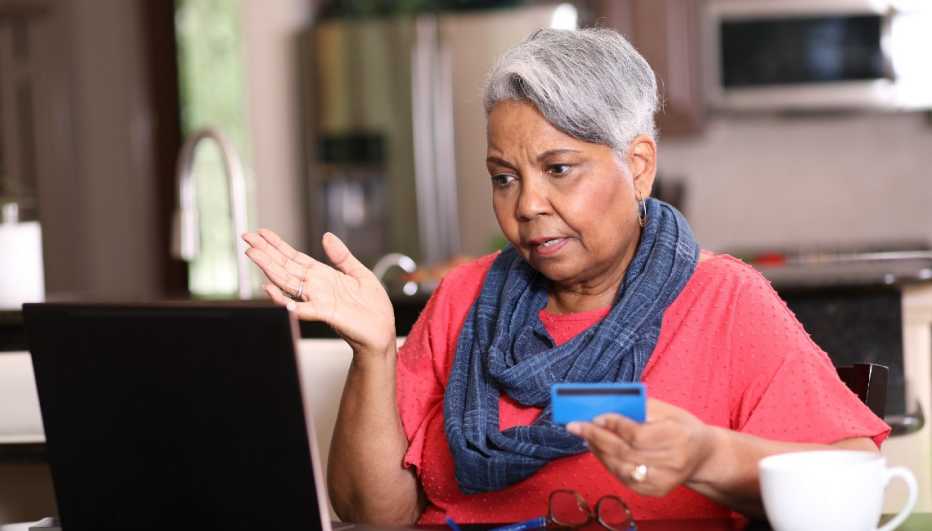AARP Hearing Center
Americans have a debt problem. Even with inflation easing, they’re charging more than ever. In the fourth quarter of 2022, credit card balances ballooned to a record-high $986 billion, according to the Federal Reserve Bank of New York.
That’s bad news for borrowers facing rising interest rates. At last check, the average rate on a credit card stood at 21.89 percent for new offers and 19.07 percent for existing accounts, according to WalletHub. In February 2022, rates for new offers averaged 18.32 percent and 14.56 percent for existing accounts.
“As interest rates rise, so does the cost of borrowing, and higher interest rates result in higher minimum monthly payments for credit card balances,” the Fed wrote in the report.
While much of the nation is doing a good job paying down their revolving credit, signs of stress are starting to emerge, particularly with some younger consumers who are beginning to miss payments, according to the Fed.
While you can’t stop the Fed and credit card issuers from raising rates, one way you can reduce the cost of your debt is through a credit card balance transfer. “If you have decent credit and you are struggling with an increasing amount of credit card debt, a balance transfer may be a viable option,” says Bruce McClary, a spokesperson for the National Foundation for Credit Counseling. “It gives you the opportunity to pay off debt much more affordably and gets you out of debt way faster.
How much can you save? Potentially thousands of dollars, depending on your balance and current interest rate, says McClary. But that’s not the only benefit. Here’s what you need to know.







































































